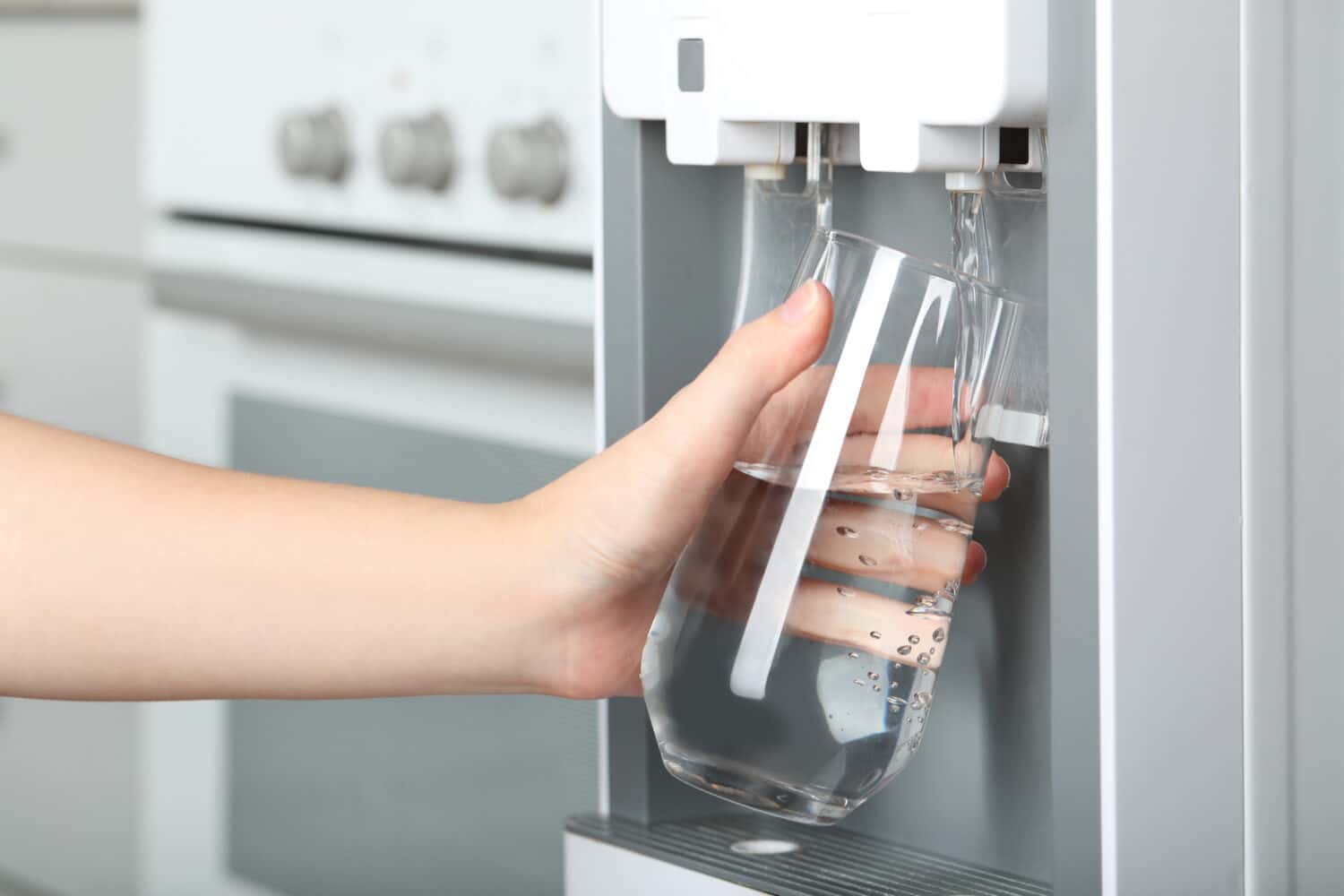Water is a fundamental element of our lives, essential for our bodies to function optimally. Whether it's aiding digestion, regulating body temperature, or promoting overall well-being, proper hydration is key. However, determining the right amount of water to drink can be challenging, as it varies based on factors such as age, activity level, and individual needs.
To simplify the process and help you understand your water requirements, we present a comprehensive water intake chart based on age. By referencing this chart, you can gain valuable insights into how much water you should drink to maintain optimal hydration levels and support your overall health and well-being. So, let's dive in and explore the water intake recommendations for each age group.
Water Intake Chart Breakdown:
Proper hydration is essential for maintaining good health and well-being. However, the amount of water needed can vary depending on factors such as age, activity level, and overall health. To help you determine how much water you should drink, you can refer to a water intake chart based on age.
Infants and Young Children:
- Infants up to 6 months old: Breast milk or formula provides adequate hydration. Additional water is generally not needed.
- 6 to 12 months old: 4 to 8 ounces (118 to 237 ml) of water per day can be introduced in small amounts, alongside breast milk or formula.
Children and Adolescents:
- 1 to 3 years old: 4 to 5 cups (946 to 1183 ml) of water per day, including water from foods and other beverages.
- 4 to 8 years old: 5 cups (1183 ml) of water per day, including water from foods and other beverages.
- 9 to 13 years old: 7 to 8 cups (1659 to 1893 ml) of water per day, including water from foods and other beverages.
- 14 to 18 years old (boys): 11 cups (2600 ml) of water per day, including water from foods and other beverages.
- 14 to 18 years old (girls): 9 cups (2131 ml) of water per day, including water from foods and other beverages.
Adults:
- Men: About 13 cups (3100 ml) of water per day, including water from foods and other beverages.
- Women: About 9 cups (2131 ml) of water per day, including water from foods and other beverages.
It's important to note that these recommendations are general guidelines and individual water needs may vary. Factors such as physical activity, climate, and overall health can influence water requirements. Also, certain medical conditions or medications may require adjustments to fluid intake. It's always a good idea to consult with a healthcare professional for personalized recommendations.
Various Ways to Get Your Daily Water Intake
While we all know the importance of drinking enough water, it can sometimes be challenging to keep track of our daily intake. Fortunately, there are various ways to ensure you get enough water throughout the day and monitor your hydration levels. In this section, we will explore different methods to increase your water intake and provide tips on how to determine if you are getting sufficient hydration.
Drink Water Regularly:
The most obvious way to stay hydrated is by drinking plain water throughout the day. Carry a reusable water bottle with you and make it a habit to sip water at regular intervals. Set reminders on your phone or use apps that track your water intake to help you stay on top of your hydration goals.
Infuse Your Water with Flavor:
If you find plain water unappealing, infusing it with natural flavors can make it more enjoyable. Add slices of fresh fruit, such as lemon, lime, or cucumber, to your water bottle to create a refreshing and flavorful beverage. You can also experiment with herbs like mint or basil to enhance the taste.
Include Hydrating Foods in Your Diet:
Many fruits and vegetables have high water content and can contribute to your overall hydration. Incorporate hydrating foods like watermelon, cucumbers, oranges, and strawberries into your meals and snacks to supplement your water intake.
Sip Herbal Teas and Infusions:
Herbal teas and infusions not only provide hydration but also offer a range of health benefits. Opt for caffeine-free herbal teas like chamomile, peppermint, or hibiscus, which can be enjoyed hot or cold. Experiment with different flavors to find ones that suit your taste preferences.
Consume Broths and Soups:
Broths and soups are not only nourishing but also contribute to your daily water intake. Enjoy vegetable-based soups or broths as part of your meals to hydrate and provide essential nutrients.
Monitor Your Urine Color:
One simple way to gauge your hydration level is by observing the color of your urine. Clear or pale yellow urine generally indicates proper hydration, while dark yellow or amber-colored urine may suggest dehydration. Aim for a light yellow color as a general indicator of adequate hydration.
Use Hydration Tracking Apps or Devices:
In today's digital age, there are numerous apps and wearable devices available that can help you track your water intake. These tools allow you to set hydration goals, monitor your progress, and receive reminders to drink water throughout the day.
In Conclusion:
Staying hydrated is essential for maintaining optimal health and well-being. By incorporating these various methods to increase your water intake and monitoring your hydration levels, you can ensure that you're meeting your daily water requirements. Remember to drink water regularly, infuse it with flavor, include hydrating foods in your diet, consume herbal teas and broths, and pay attention to your body's signals. With these habits in place, you can stay hydrated and enjoy the benefits of proper hydration every day.
The image featured at the top of this post is ©New Africa/Shutterstock.com.
